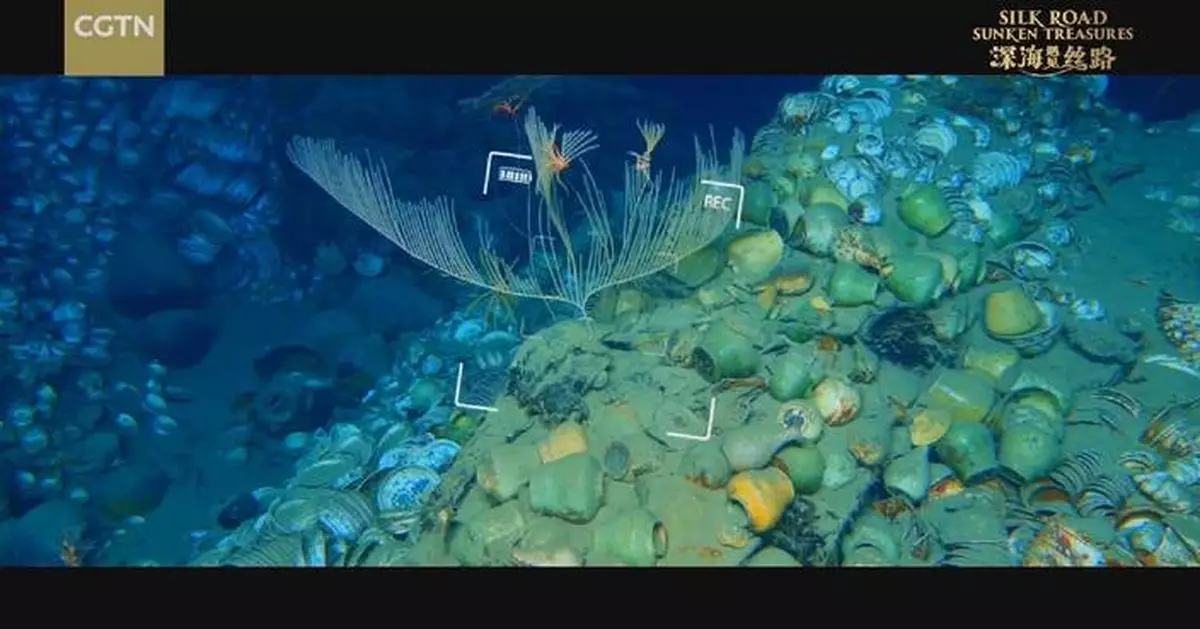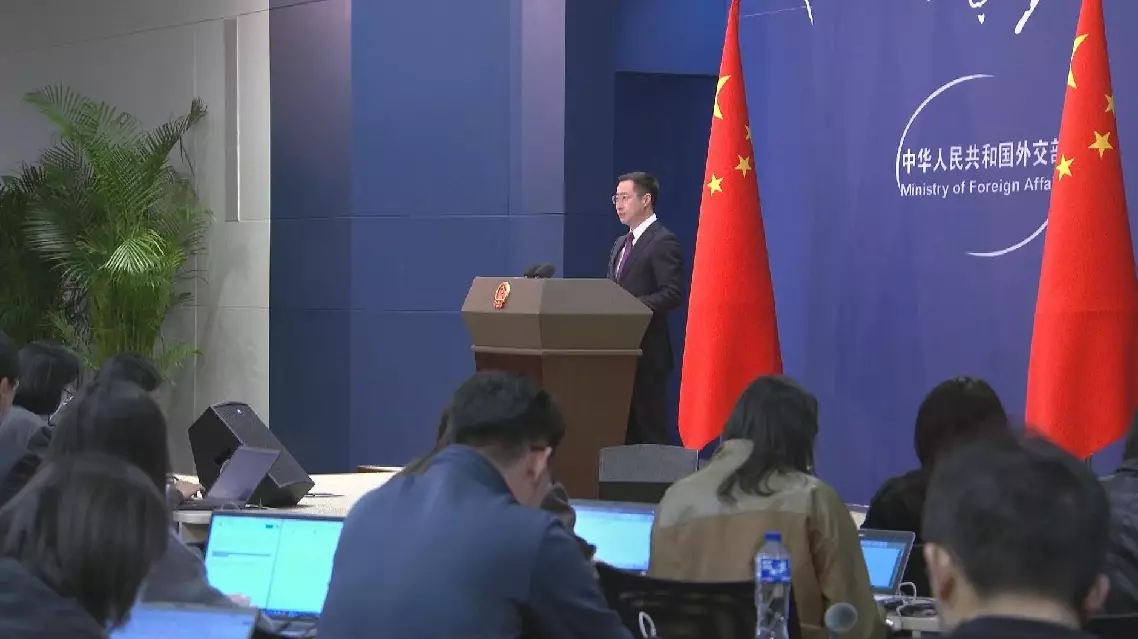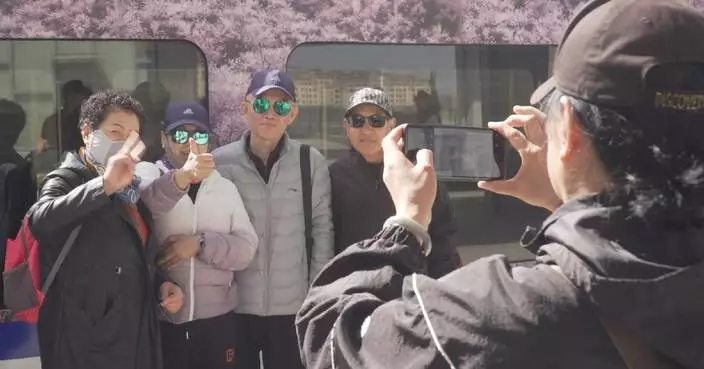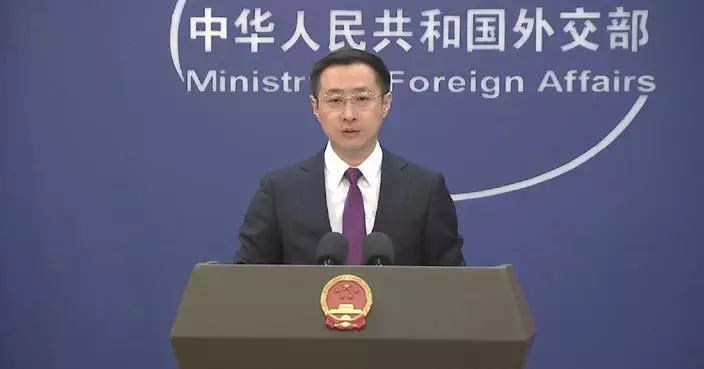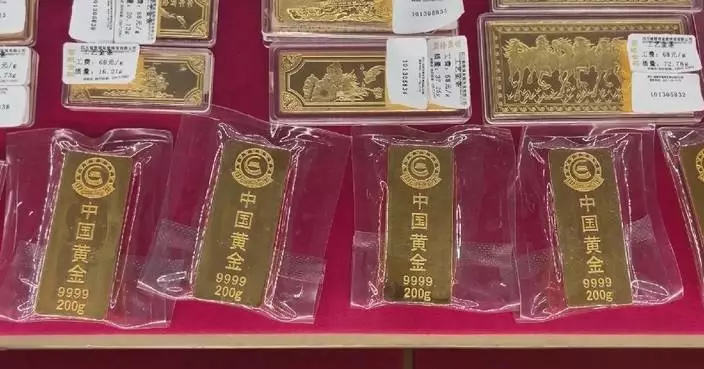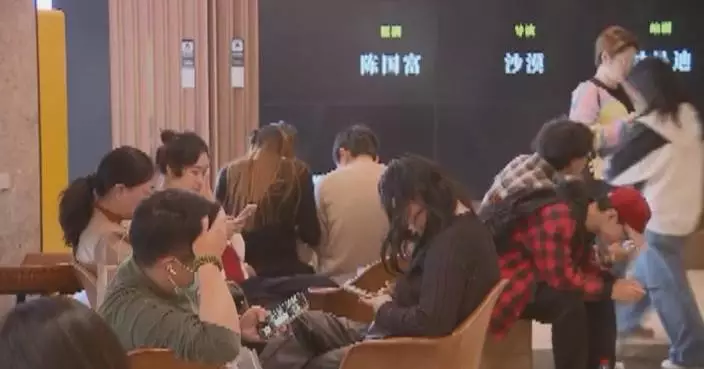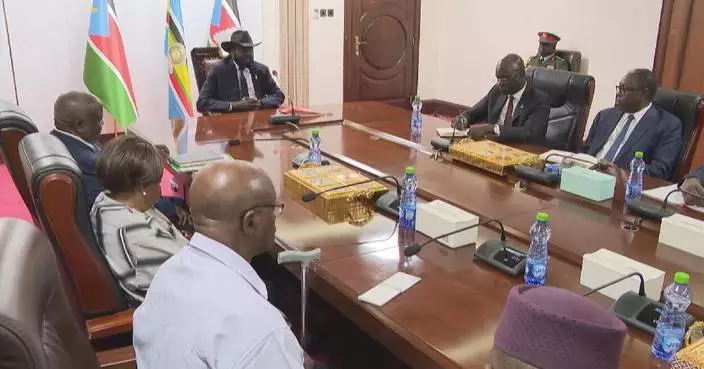The Shenhai Yongshi, or Deep Sea Warrior, is one of the most advanced submersibles in the world. Its operational depth is up to 4,500 meters. It was used to carry out an archaeological project on two ancient shipwrecks in the South China Sea, as it can provide the photos required to create high-definition maps, an essential step for the extraction of the relics.
In the "Silk Road Sunken Treasures", a CGTN documentary, Feng Wanli, Chief Assistant from Institute of Deep-sea Science and Engineering, Chinese Academy of Sciences (CAS), described how her job -- creating high-definition maps, was facilitated by the Deep Sea Warrior.
To retrieve items from the seabed, the first step was to set up a complete database, including the orthophoto maps of the shipwrecks.
Photographic stitching can capture the fine details of the textures and patterns of each cultural relic. "The original materials for photographic stitching need large numbers of photos. We need to make a plan for an area, and the submersible will follow the survey line. We must make sure each photo overlaps by more than 60 percent. We use an ultra-HD camera, so the photos are virtually identical to the actual relics down below. They are just like replicas, one by one, of each relic. We can pinpoint the locations of different types of porcelain items by directly following the positions indicated on the map. It will save a lot of time. Every day I wake up immersed in archaeological work. When I close my eyes, I still think about the artifacts. I will keep looking at the pictures. Sometimes when I sleep, I might dream that I am a fish, and I can directly get a closer look at that particular artifact," said Feng.
With the recovery of the relics, long-lost skills and artistry are once again revealed.
"Silk Road Sunken Treasures" is a CGTN documentary on China's latest breakthroughs in deep-sea archaeology. It reveals a hidden part of history, bringing to light the splendor of the Maritime Silk Road. "Silk Road Sunken Treasures" is an unprecedented look at the South China Sea through the enduring legacy of intercultural dialogue.
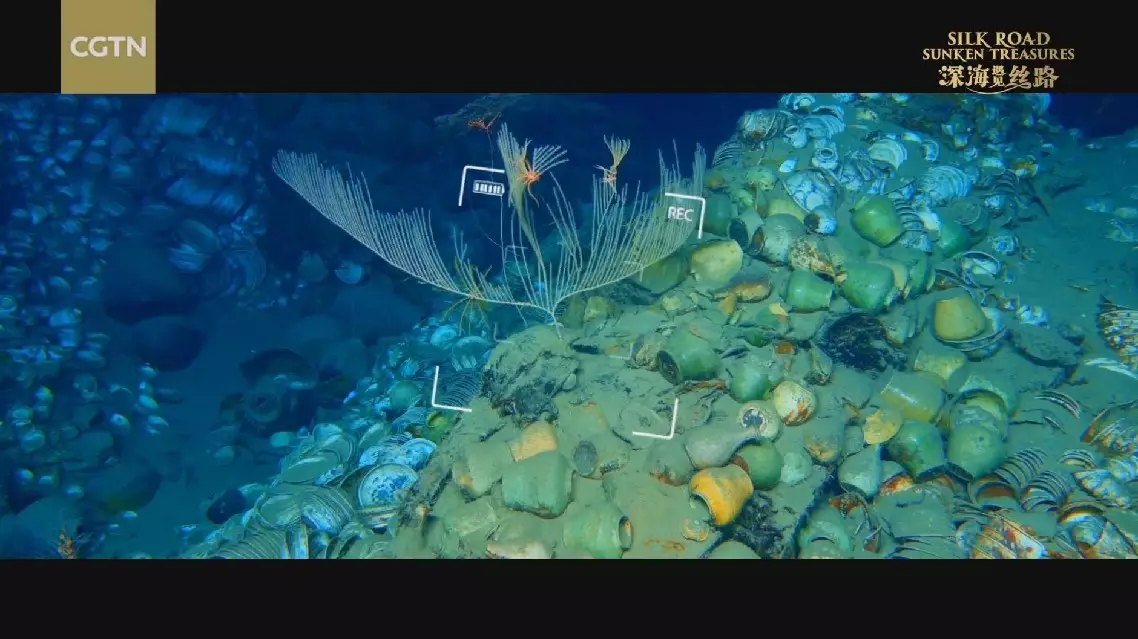
CGTN documentary depicts sunken treasures retrieved by manned submersible
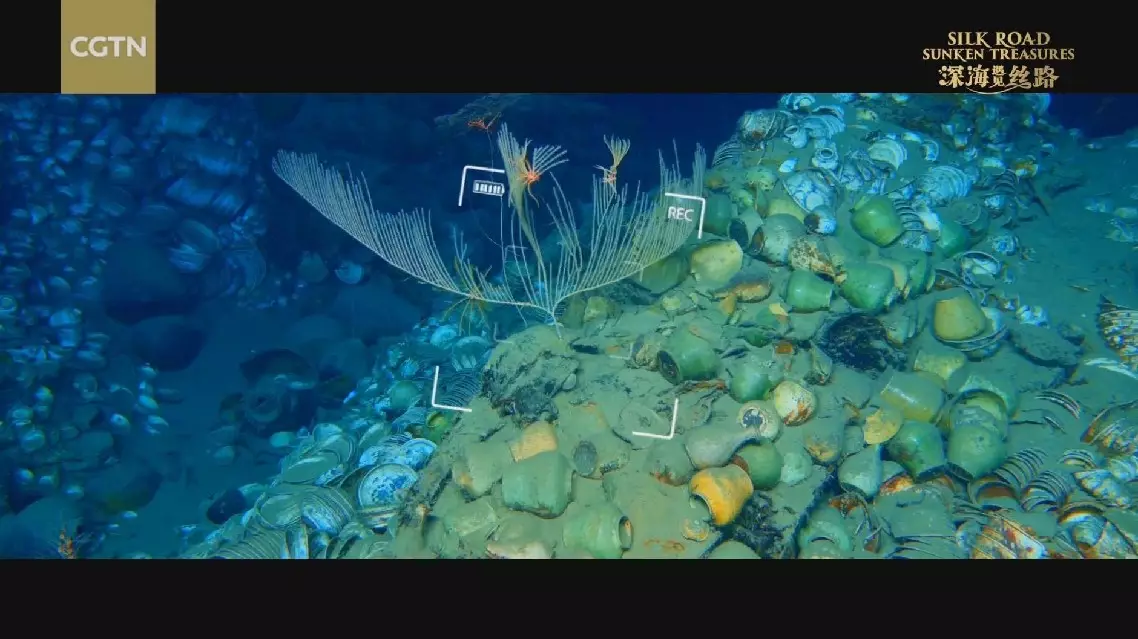
CGTN documentary depicts sunken treasures retrieved by manned submersible


